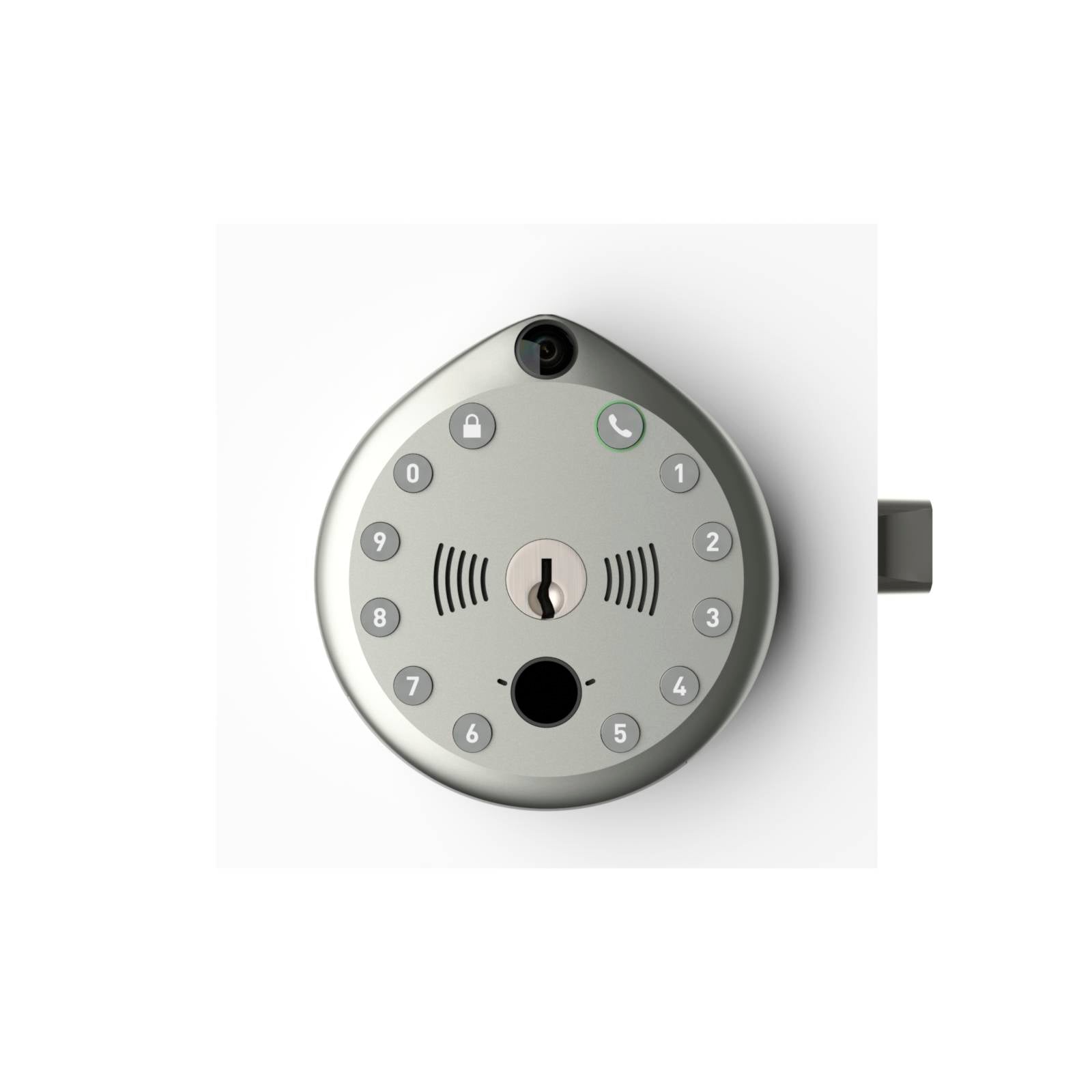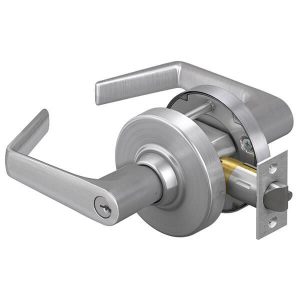
Cove is a modern security system that offers all the benefits of traditional systems at a fraction of their cost. Its features include 100% cellular communication, a 24 hour backup battery, and smash and grab protection. If the system detects something amiss, you will be notified via InstaText. Depending on your plan you may be able use voice commands or Alexa for control.
Only way to control the system is via Cove's hub
The Cove System is controlled by a touch screen panel located on the Cove Base Station. This is the central control point for the Cove System. It has controls for controlling volume, arming or disarming the system, viewing personal settings, adding sensors, and many other functions. The backup battery can be used to keep the system powered for up 24 hours.
The Cove system is compatible with Amazon Alexa or Google Assistant. Although it allows you to arm or disarm the system with voice commands, its functionality is not as extensive as other smart home products. Despite its lack of third-party equipment, it is a decent option for homeowners who want to maintain basic security, but aren't ready for smart home functionality.
Plans include Alexa voice control and Google Home voice control
Cove's security system integrates voice control with Alexa, Google Home and other voice assistants. The system can also be controlled via Alexa or Google Home from anywhere. A hostage passcode can be set up to alert the monitoring center should an intruder attempt to disarm the system. Both systems can be integrated with Alexa or Google Assistant.

Cove offers both pre-configured and build your own kits. The base unit for the basic Cove system is a 7-inch touch screen panel. This device costs $184. The Cove security system is designed to be easy to install and use.
InstaText allows you to notify emergency contacts
Cove security system sends text messages to your emergency contacts in case of an emergency. This lets them respond to the emergency and dismiss the alarm, if applicable. The system allows you to set up a password that will allow emergency personnel to reach you. You don't have to create a password in order to add emergency contacts.
Cove's security emergency response system is UL-listed and TMA Five Diamond Certified, with two hot-redundant locations. Cove's security alarm system offers two-way communication. In the event that the security system fails to reach the customer, the Cove staff will text the customer back to inquire if they can help. Once you reply, Cove team members send help to your house within 30 seconds.
Cost
Cove, a home security system, offers the same level of effectiveness as a traditional system but at a fraction price. Its features include 100% cellular communication, a backup battery, and smash-and-grab protection. Cove will alert the monitoring team if anyone attempts to enter your home or steal valuables.
Cove's base protection system is free. However for the first 36-months, you will have to pay monitoring. Additional monitoring is available but you will have to pay upfront. A basic Cove security system is recommended. The basic setup includes door and motion sensors as well an indoor camera. If you decide to upgrade to more sophisticated security, you can purchase more advanced equipment over time.

Customer service
Cove Security offers 60 days risk-free testing for their home alarm systems. You can return your security system within this time frame for a full refund if you are not satisfied. The company also pays for the shipping cost to return the system. This is far more generous than security companies who offer a 30-day refund guarantee.
Cove customer service representatives are available 24 hours a day via email and phone. You can also chat with customer service representatives online between 10:00 a.m. and 6:00 p.m. Eastern Standard Time. Cove also offers video tutorials online to help you install your new security system.
FAQ
Which home surveillance camera system is best?
If you want to protect your family from intruders, then you should consider buying a home security system with cameras. These systems can be used by both homeowners and renters easily and offer many benefits. They allow you to monitor your home remotely from any smartphone, tablet, laptop, or other mobile device.
What is the cost of a home security system?
A good home security system can cost about $2,500. This might seem like a lot, but it's really quite inexpensive when you consider the peace of mind that comes with having a safe and secure place to live.
Do I really need an alarm system for my home?
Home security systems are essential if you have a home. The possibility of a burglar entering your house at any time is possible. They can take all your valuables, even jewelry and expensive electronics. They could even walk off with all your possessions if you don't lock your doors.
A home security system helps protect your home by alerting you whenever something happens. This includes monitoring motion, sending you alerts to mobile devices, recording activity, as well as allowing access to recorded footage.
If you'd rathernot spend money on a home security system, you can always use a simple DIY camera instead. These devices let you see who's at the front door and send you notifications when they enter or exit. These devices won't prevent intruders from breaking into the home.
What is the best security system to install?
The value of your home and possessions will determine the best security system. The cheapest alarm system, which doesn't offer enough protection, is the basic one. You can either get a better one with more features, such as remote monitoring, video surveillance or access control.
What is the number 1 home security system?
Ring Video Doorbell Pro remains the most popular home security system. Ring Video Doorbell Pro allows you to speak to anyone from any location using your smartphone. You can also record video footage and share it with family members and friends via text message or email.
What are the differences between home security systems?
You need to think about the potential threats that your area faces. For example, if there's a lot of crime in your neighborhood, then you might want an alarm that will sound when someone enters your property. In rural areas where there are fewer burglaries, you might not need as much security.
It is also worth considering whether you are willing and able to pay more for certain features. Some systems have cameras built in while others do not. Some systems allow you to remotely monitor your home, while others require that you be present to view the footage.
Statistics
- Depending on your insurance, 24/7 professional monitoring may qualify you for as much as 15% off your premium. (safewise.com)
- (In my experience, the discount on my home insurance covered about 25 percent of the subscription of an average plan, but your mileage may vary depending on your location and the size of your home.) (theverge.com)
- Unlike other online safety services that charge up to 100 percent of your monthly fee, Cove charges no upfront fees and has no hidden costs.
- Most home security companies will charge you around 75% of the remaining term of your contract if you cancel early—and some require 100%.Related questionsWhat type of contract length can I expect from security providers?Home security system cancellation (safewise.com)
External Links
How To
How to test a security system at home
How to test your Home Security System
First, install alarm monitoring software. You can download the most current version from manufacturer's website. Next, register your phone number so that monitoring center calls are routed directly to it. If you don’t know how to do that, you can ask your local service provider. Once everything is setup correctly, you're ready to start testing!
There are two main ways you can test your system. The first method is to use an empty device. This device is essentially a fake one that looks just like the real one. It has the same features as the real one, but it doesn't actually work. It works just like the real deal if it worked properly. However, there are some drawbacks to using a dummy device. First, it won't tell you anything about the actual functionality of your system. People who see it sat around might find it suspicious. It could also be stolen, which can cause problems.
The second option is to test the system manually. This is where you examine every part of your system to ensure that it functions properly. You would check, for example, whether the motion sensors are working, the cameras are recording properly, and if the door locks work. At least once per week, test everything. After you've tested everything thoroughly, you can feel confident that your system is working well.